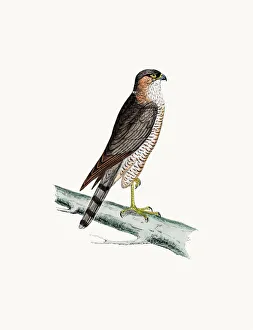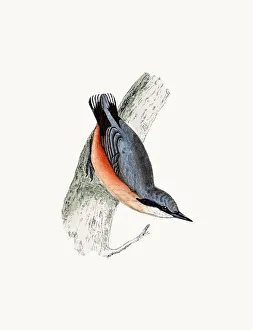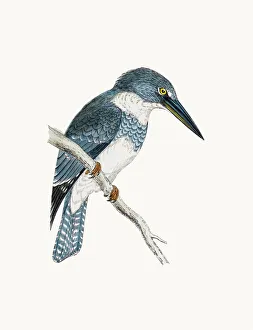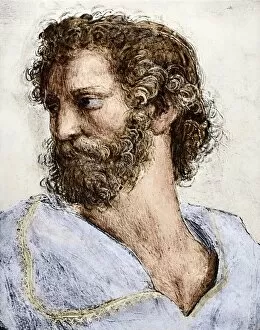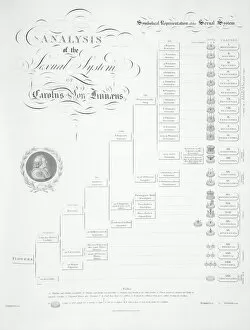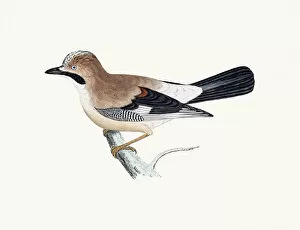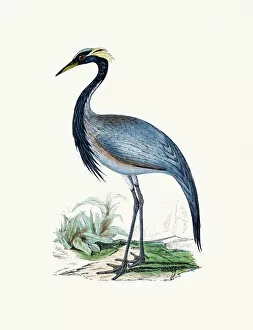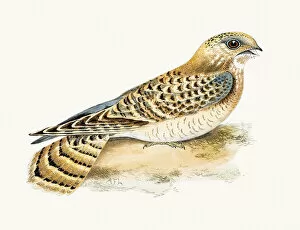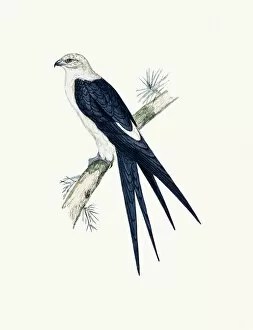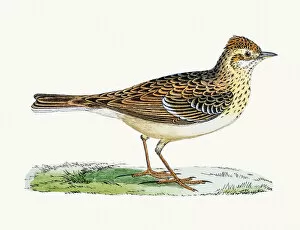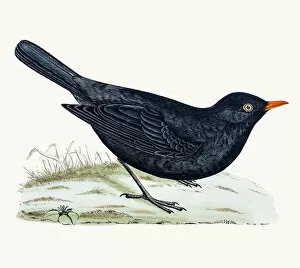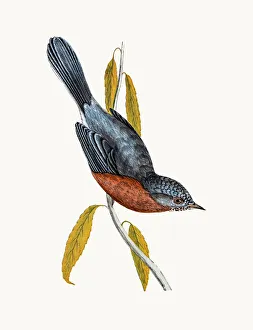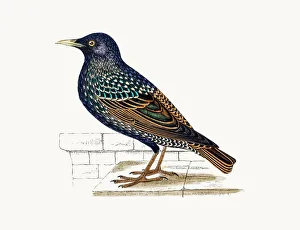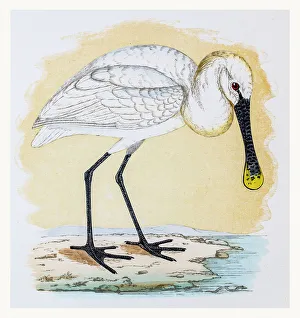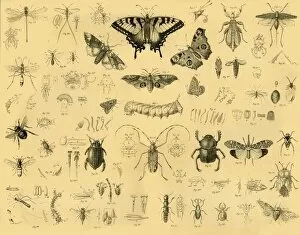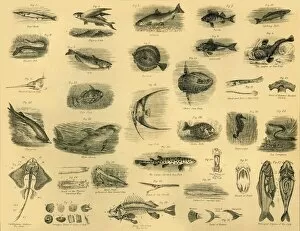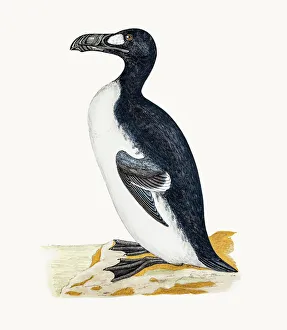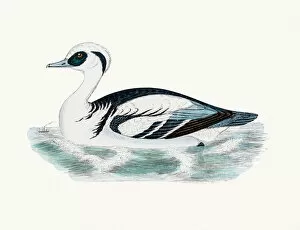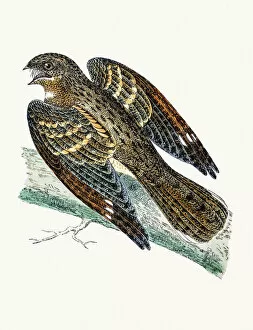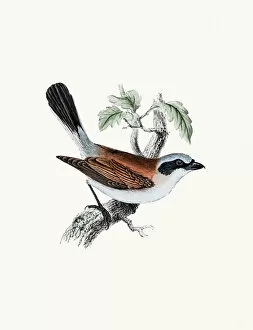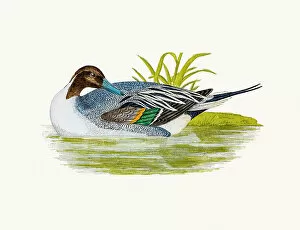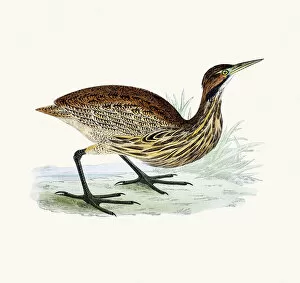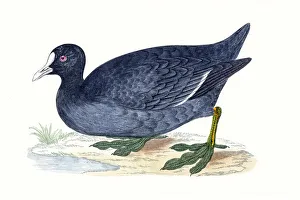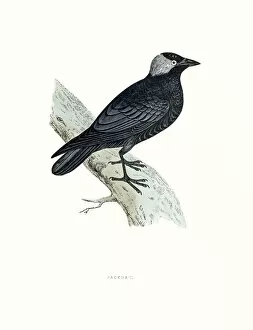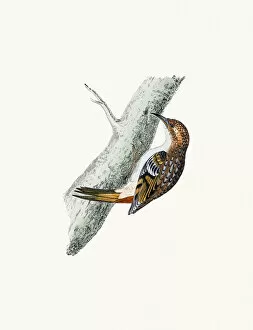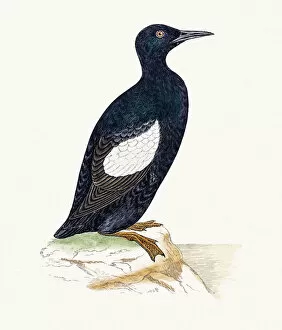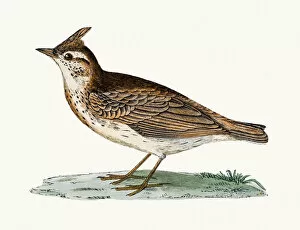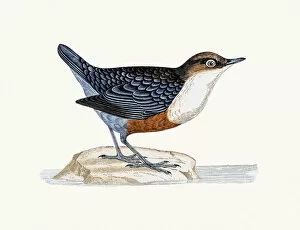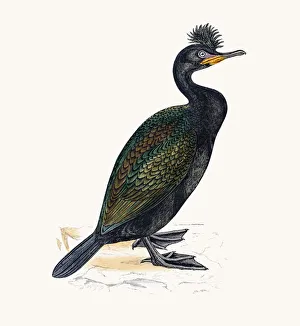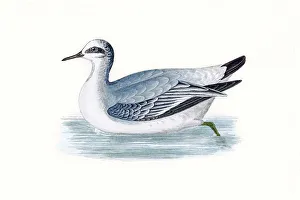Taxonomy Collection
Taxonomy, the science of classification, unveils the intricate web of life on our planet
All Professionally Made to Order for Quick Shipping
Taxonomy, the science of classification, unveils the intricate web of life on our planet. Just as the standard periodic table categorizes elements based on their properties, taxonomy organizes living organisms into distinct groups. From the majestic Yellow Hammer bird to the fierce Sparrow Hawk bird of prey, each species finds its place in this systematic arrangement. Similar to how elements are grouped by type in the periodic table, birds too can be classified based on their characteristics. The Belted kingfisher with its vibrant plumage and impressive diving skills stands alongside the agile Nuthatch and its unique ability to move headfirst down tree trunks. Delving deeper into history, we find a plate dated 1793 that showcases early attempts at taxonomy. Even Aristotle himself contributed to this field centuries ago with his observations and classifications of various species. One significant milestone came in 1807 when Linnaeus introduced a plant sex system, revolutionizing our understanding of reproductive mechanisms within plants. This breakthrough further highlighted how taxonomy extends beyond just animals. The Hobby small falcon bird of prey takes flight alongside other avian wonders like the Egyptian Nightjar and Swallow-tailed Kite. Each one possesses distinctive features that make them perfectly adapted for survival in their respective habitats. Intriguingly complex yet beautifully organized, taxonomy allows us to unravel nature's secrets while appreciating its diversity. As we continue exploring Earth's biodiversity through taxonomic studies, we gain invaluable insights into our own existence within this vast tapestry of life.




